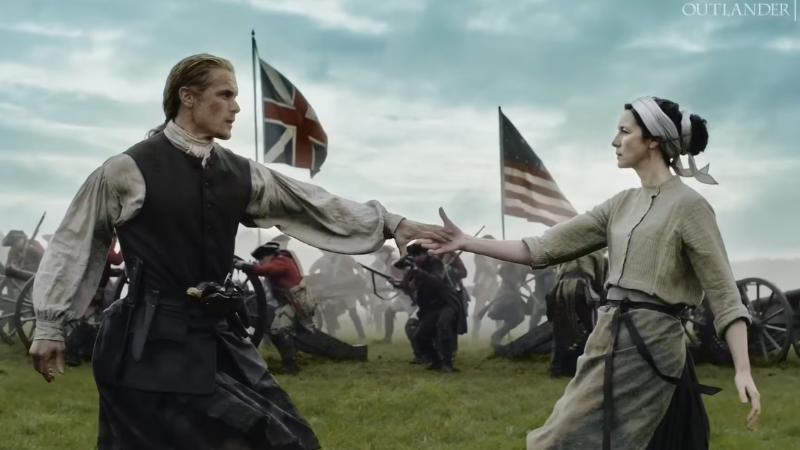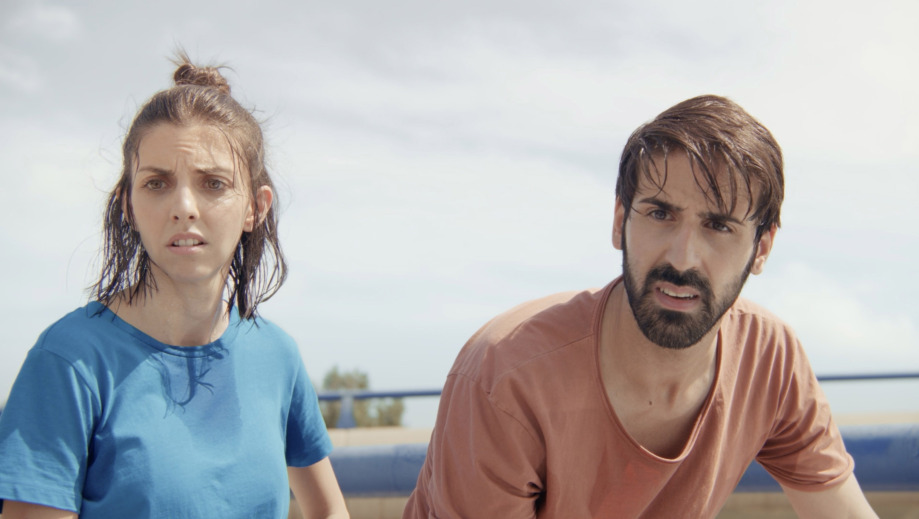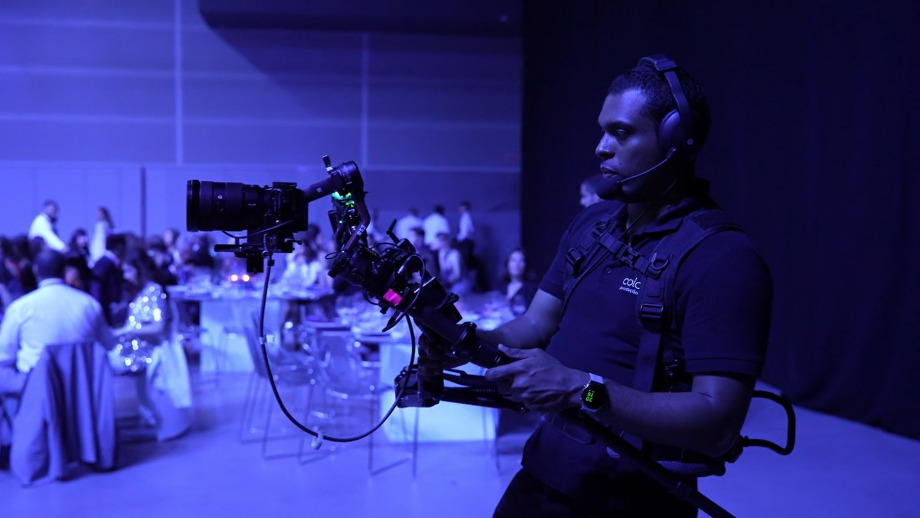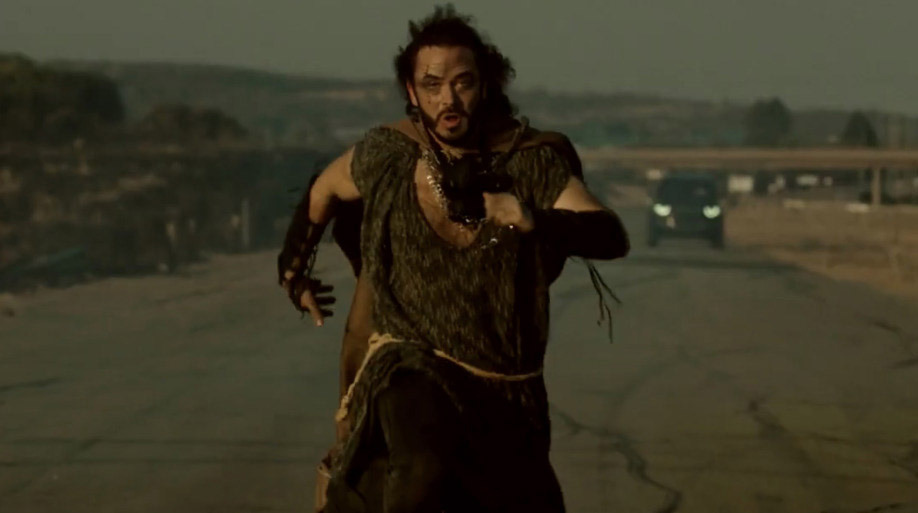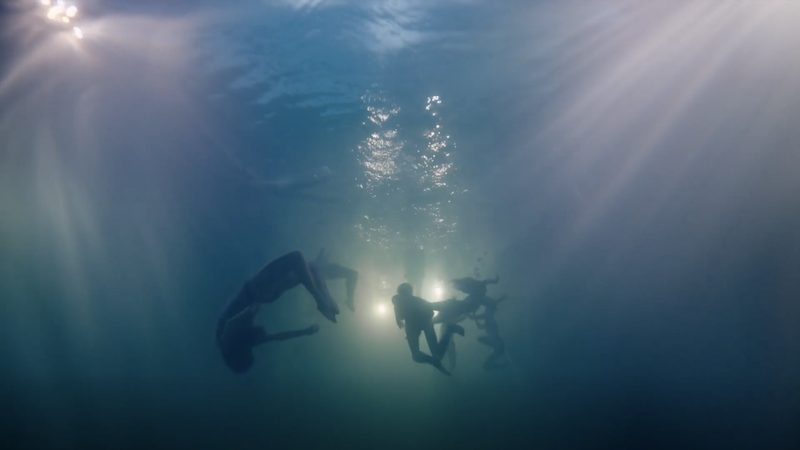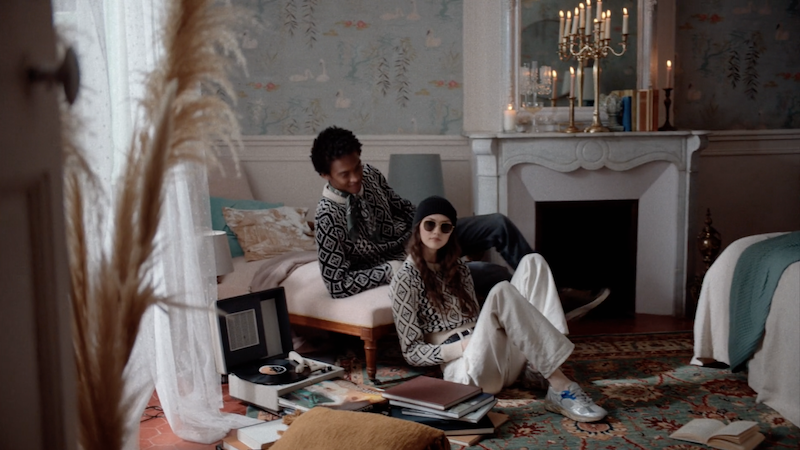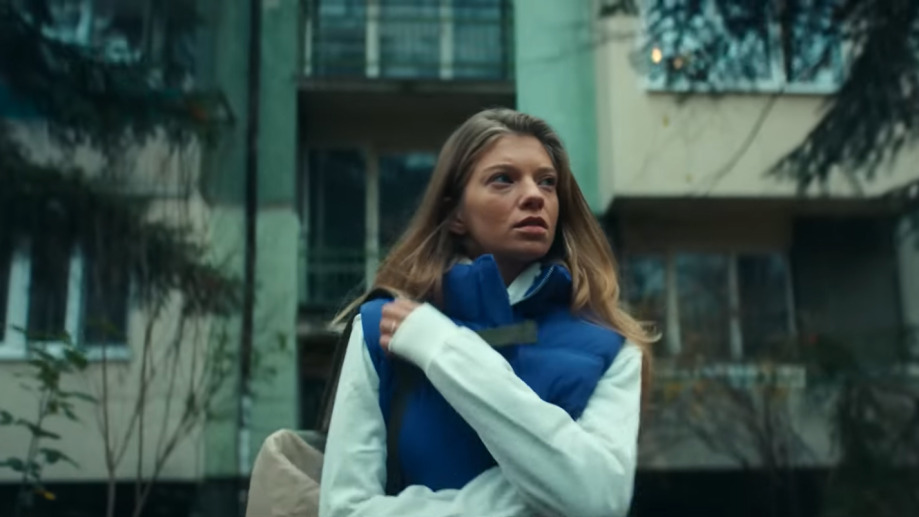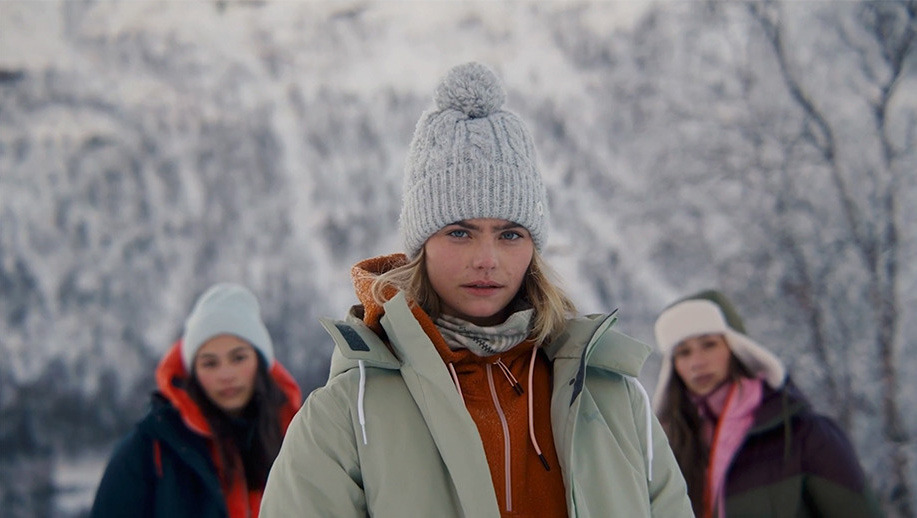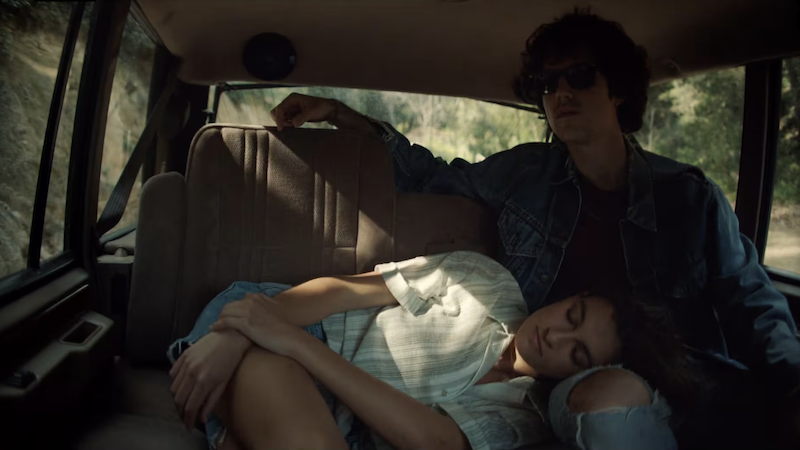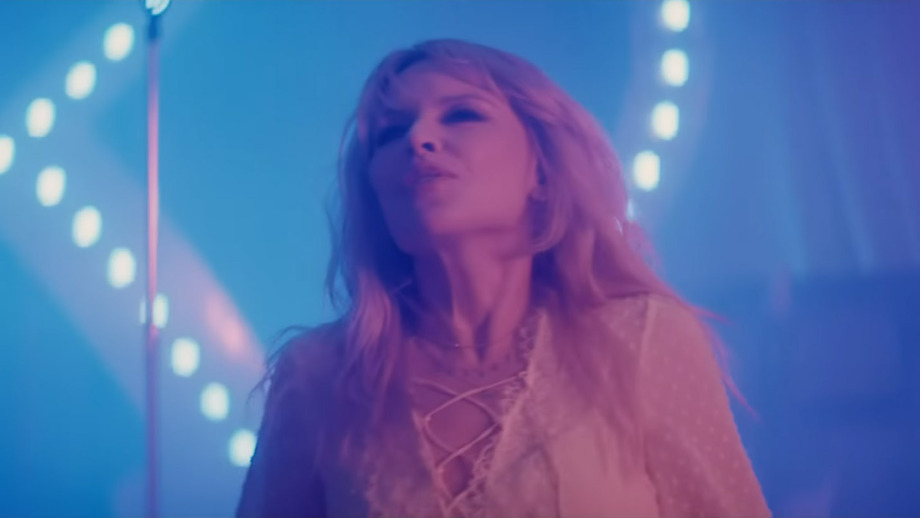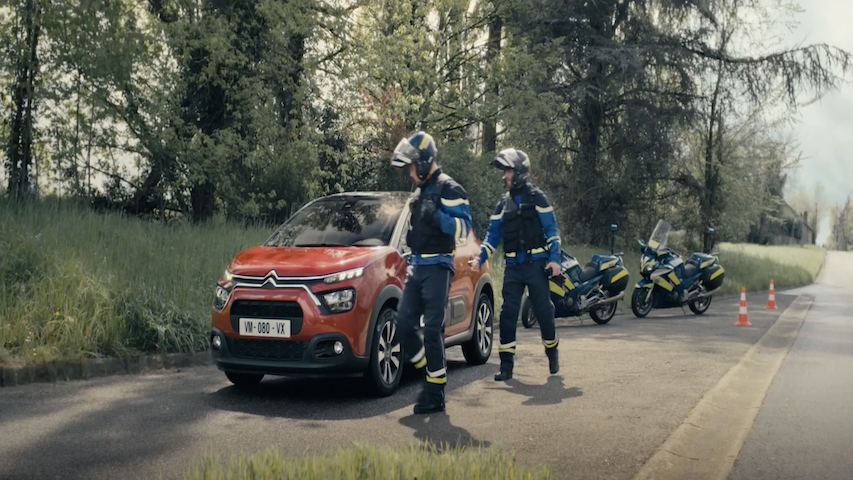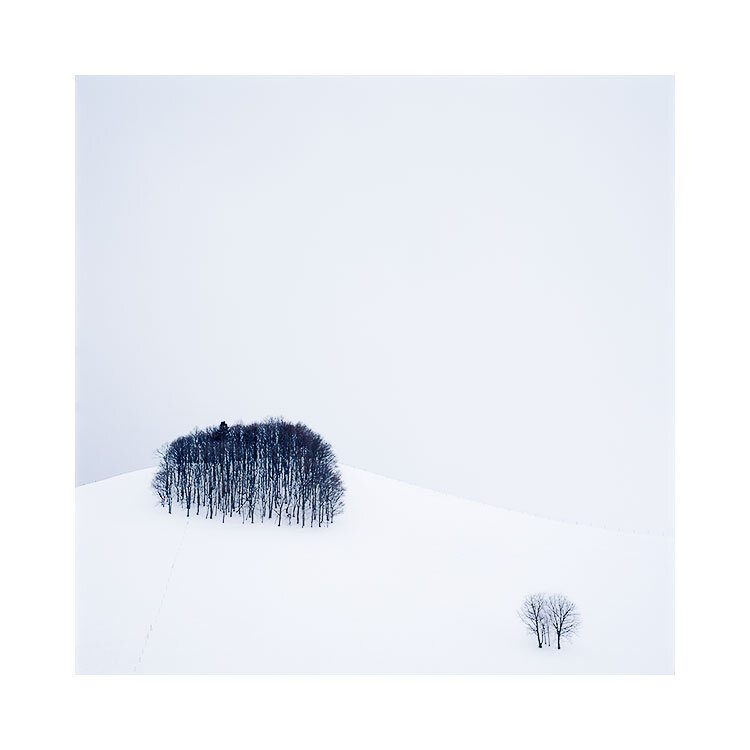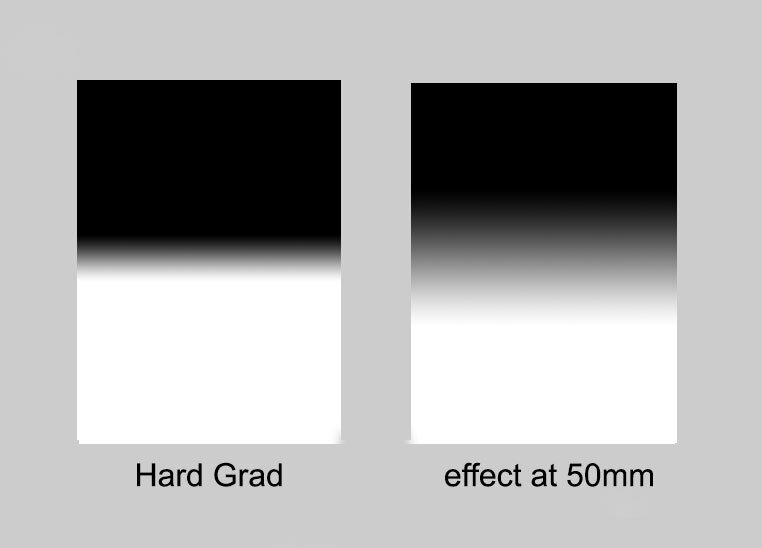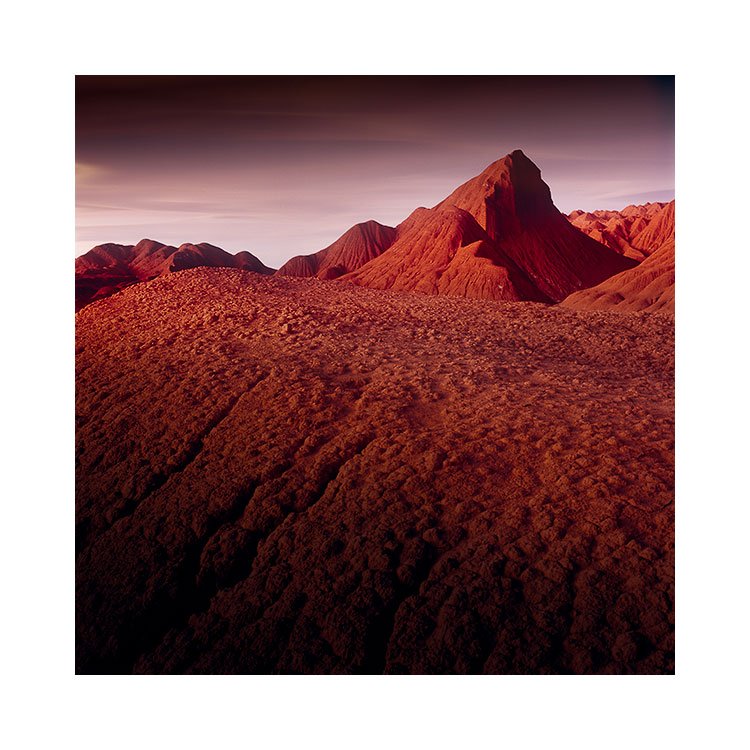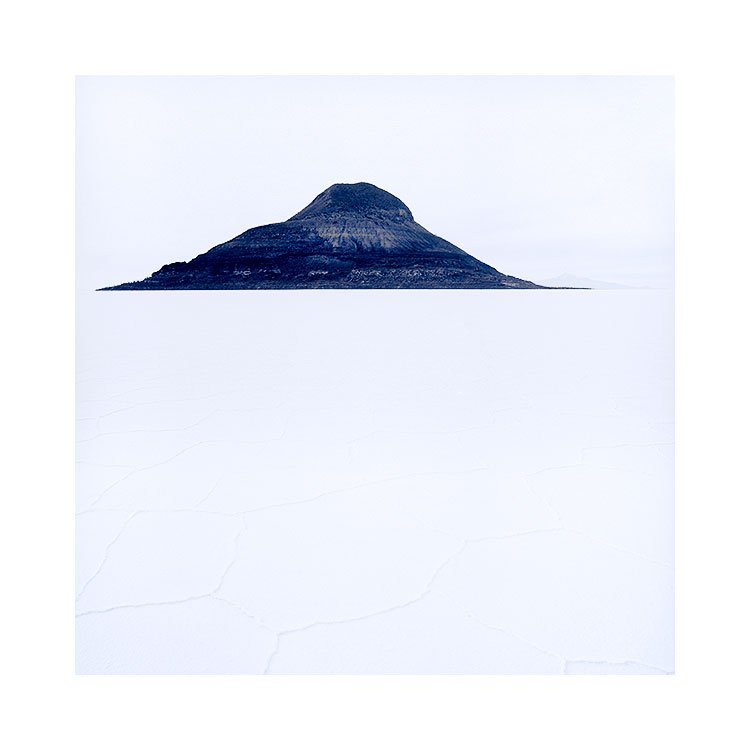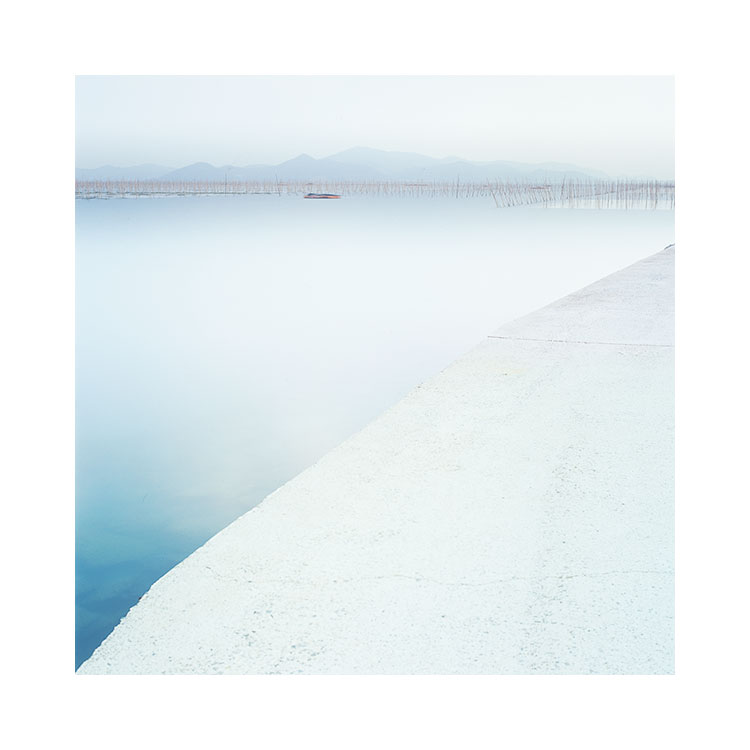Photographers
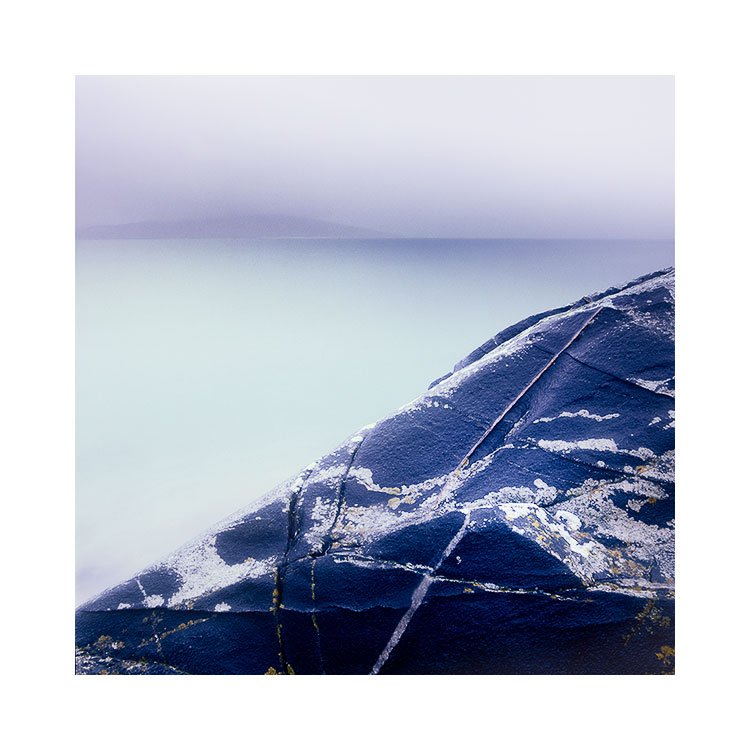
Photographing Atmospheres
The Art of Adventure - Bruce PercyThe conventional view is that we take photographs of subjects, and all we need to do is work on where to place them in the scene to get a good composition. Light is often considered an important part of the scene, but rarely considered the most essential element.
Coming to a place where there are no definite subjects ; no iconic mountains, no iconic trees, no iconic views to photograph, can lead those who fall back on using ‘subjects’ to be lost.
It takes a lot of time as a photographer to come round to thinking about light as the most essential ingredient of a photograph. Yet that is what it is: it’s the most important element of our images.
View fullsize
View fullsize
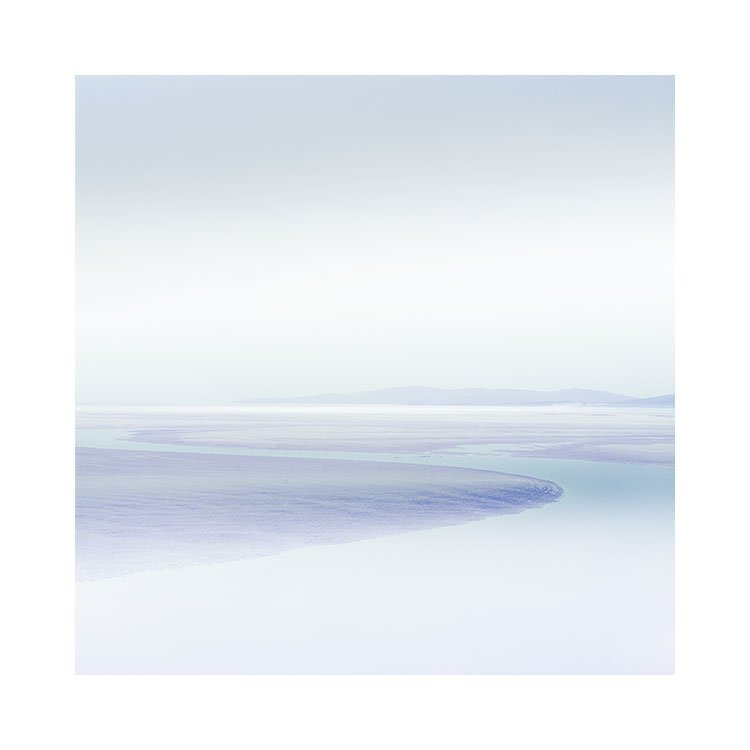
View fullsize
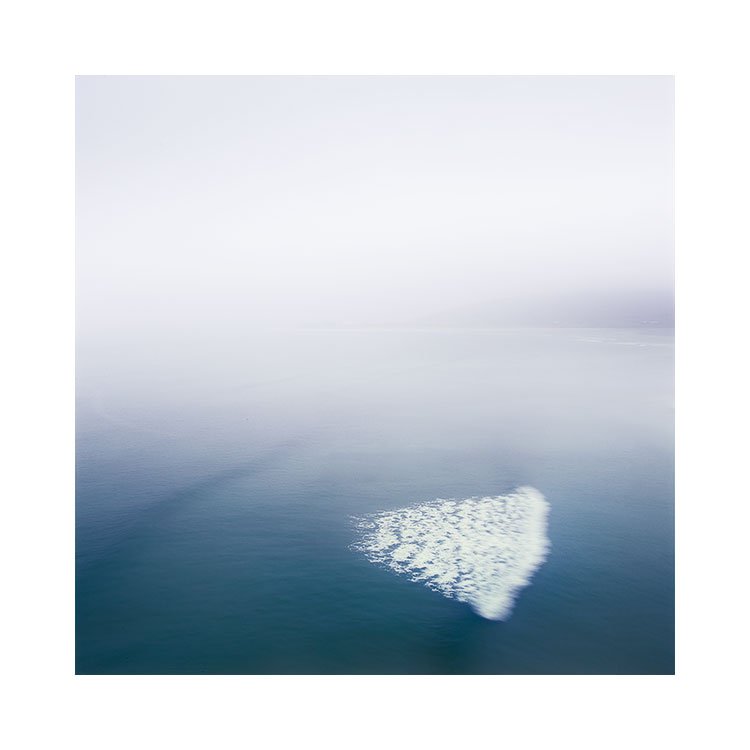
View fullsize
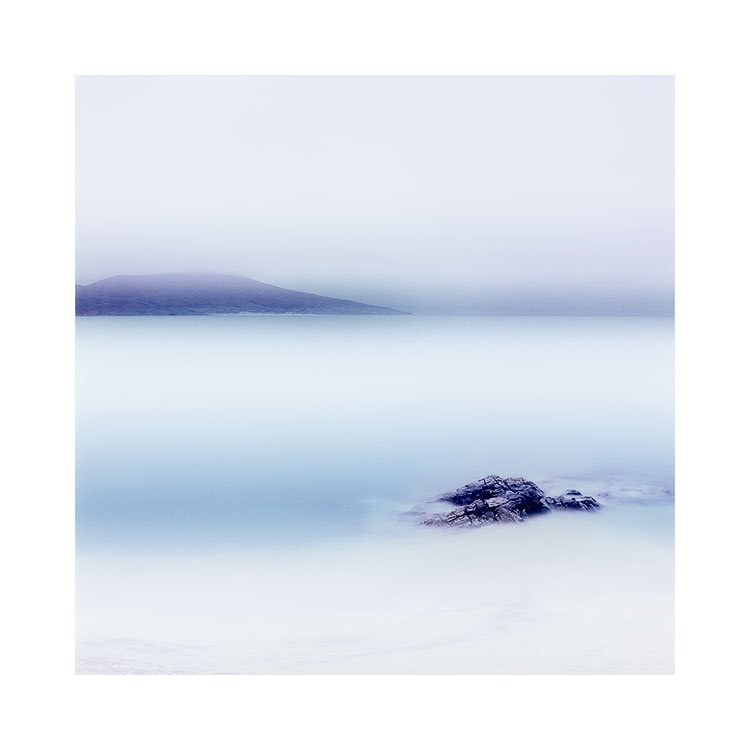
View fullsize
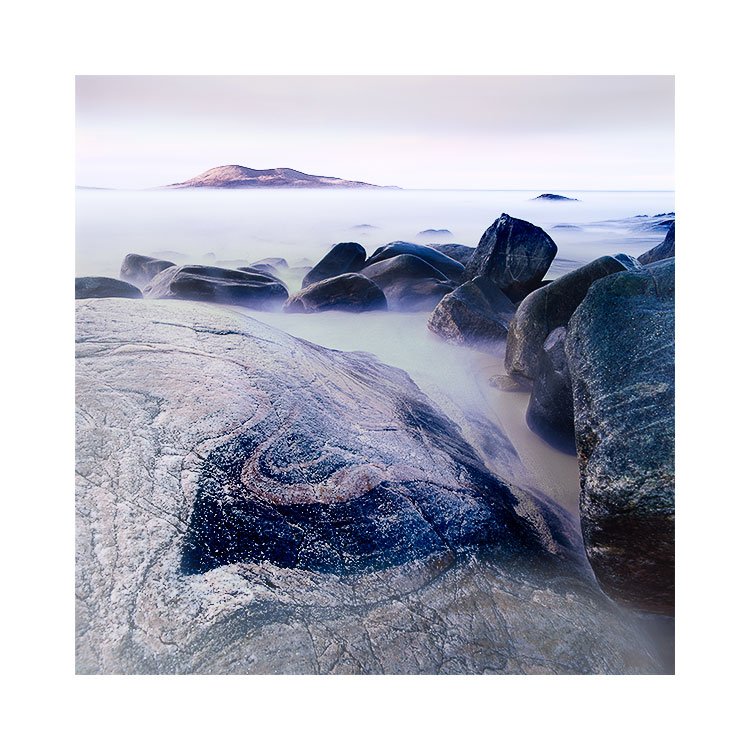
View fullsize
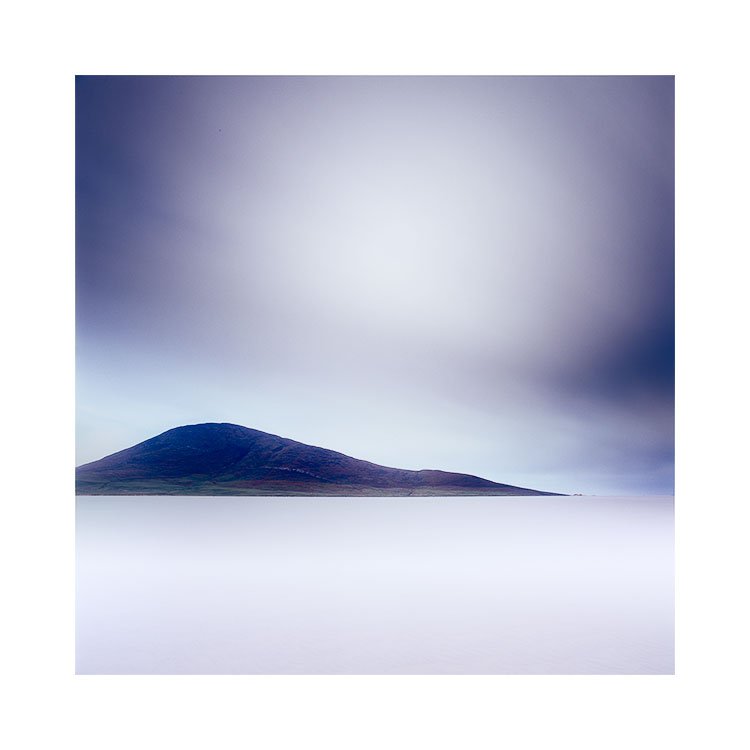
View fullsize
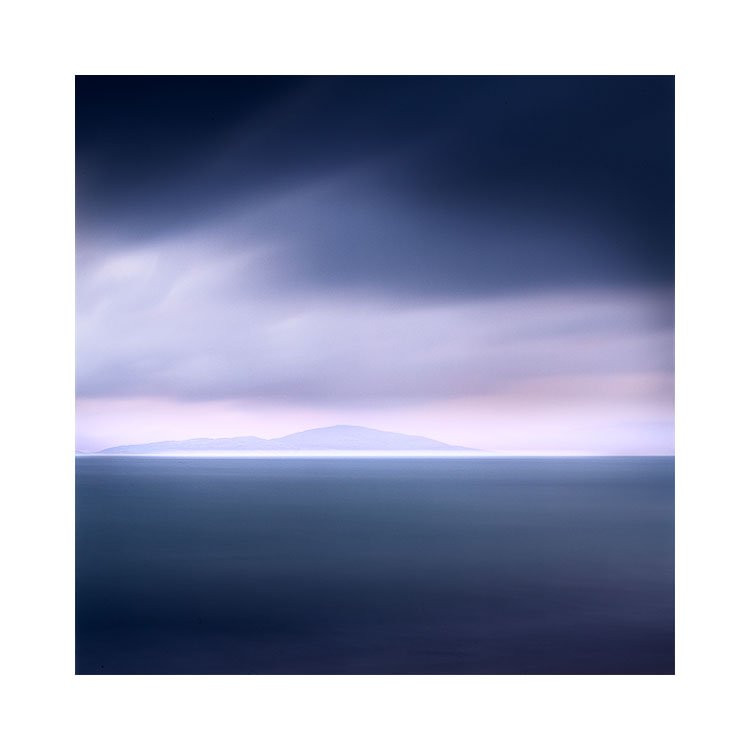
View fullsize
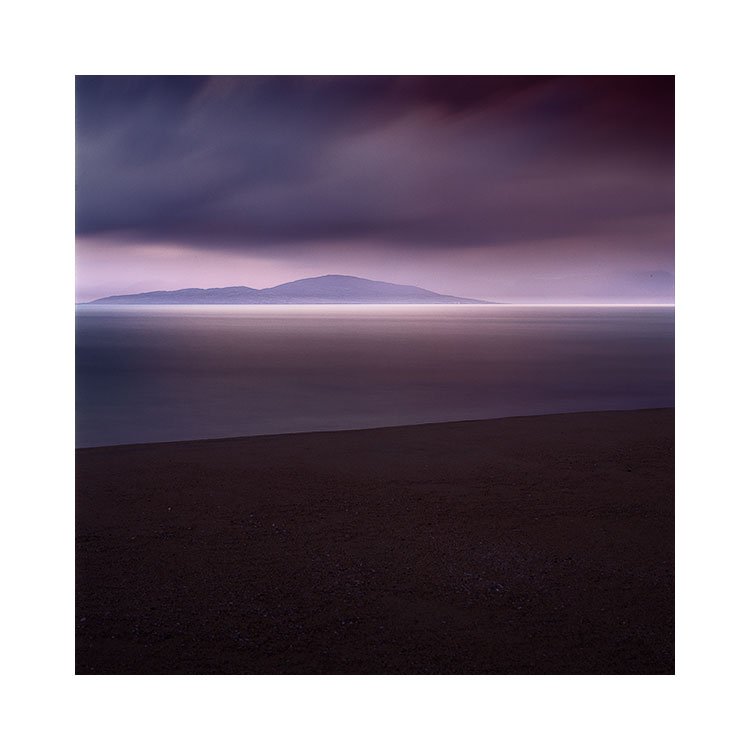
View fullsize

View fullsize
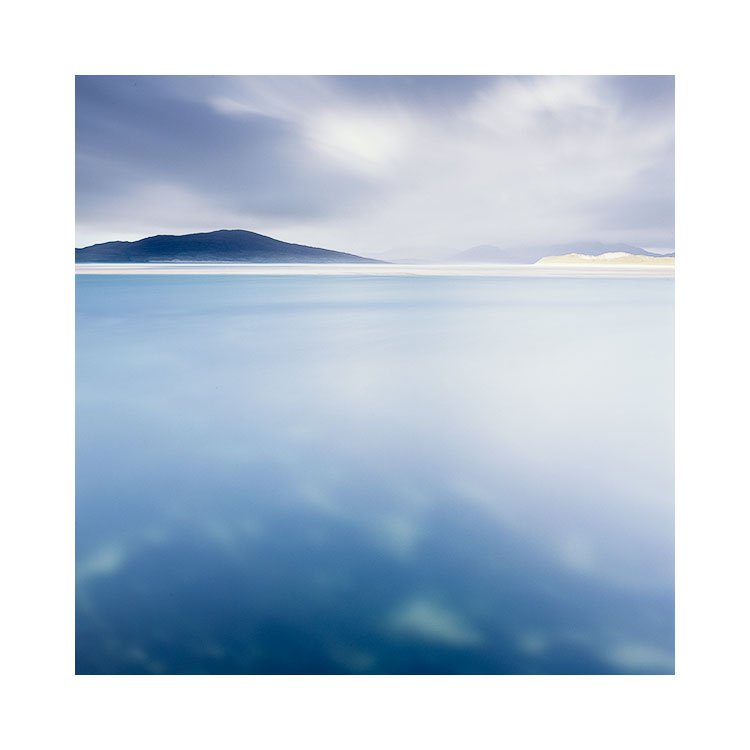
View fullsize
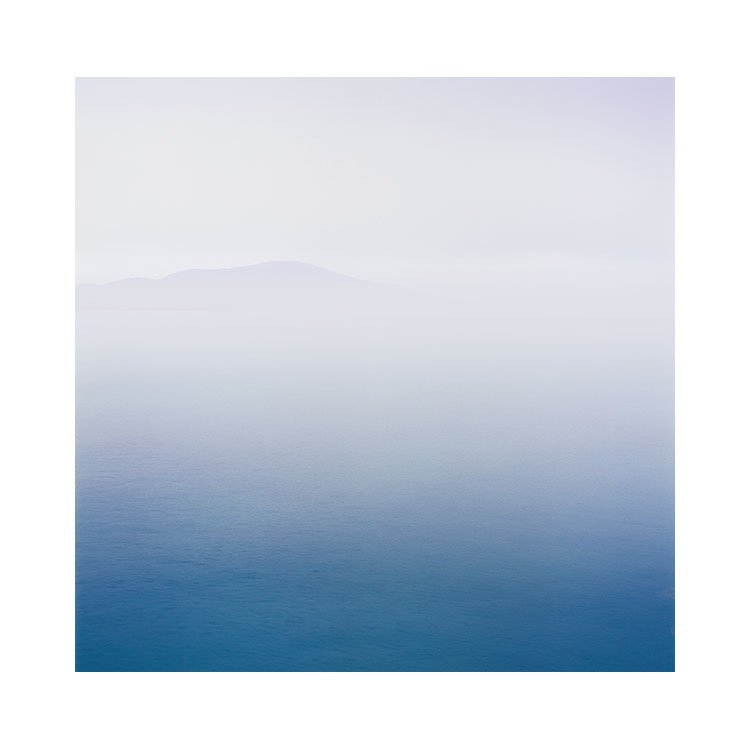
View fullsize
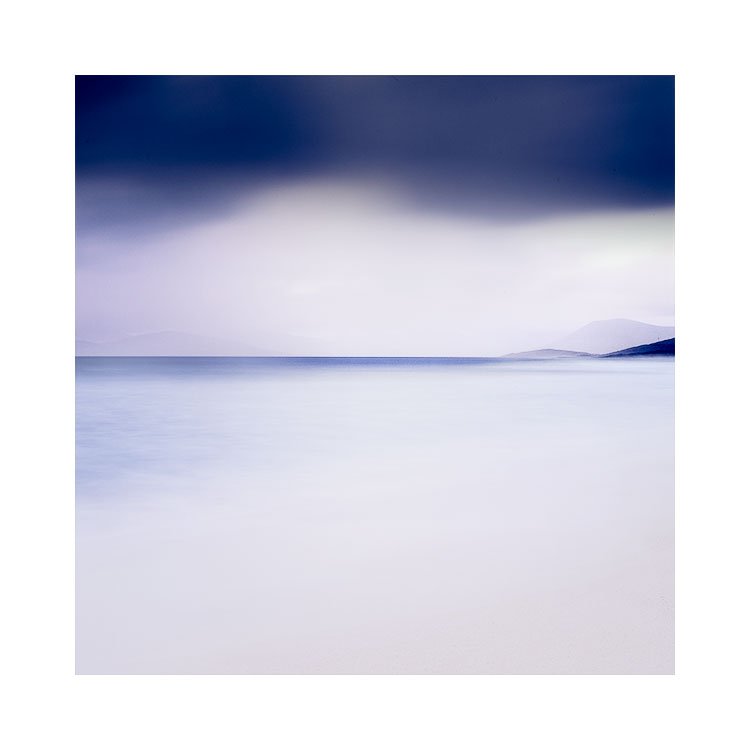
The insecurities will lurk for some time that ‘I don’t have a key subject in the photograph’, as one works with landscapes that have no key compositional subjects. One will flounder around feeling unanchored and uncertain.
I would advise that this is something that needs gotten over. But I think will only come when you are accidentally caught in bad weather and manage to come home with a shot that has so much atmospheric content, you’ll wonder why you never went out in bad weather before. Often it is these unplanned moments that cause us to have an epiphany in our photographic development.
Scottish light is often changeable light, as one weather front after another races over the Scottish landscape. This is its strength. Not its weakness. The Isle of Harris in Scotland has atmosphere because of this.
The island does not really have much in the way of ‘iconic’ subjects to use as an anchor in one’s photographs. It is a lesson in learning to let go of ‘looking for a rock for the foreground’ as one cannot find much in the way of subjects to place in the frame in the conventional sense. It is a lesson in learning to work with the elements, and dare I say, get used to getting wet as you pursue those fleeting, yet very emotive atmospheric scenes you begin to encounter.
I love shooting in rainy weather. I have discovered over the years that I will find more interesting images when I shoot at the edge of storms, or in what many will consider a bad weather day.
The most important element in a picture is the quality of the light. Light is affected by the weather systems we encounter. Of the mix of rain and sunshine we encounter. Of windy days that tear up the sea in to many white horses we encounter. Of streaking clouds that blur across our camera frames.
We paint our imagery with atmospheres. Not subjects. Atmospheres.

